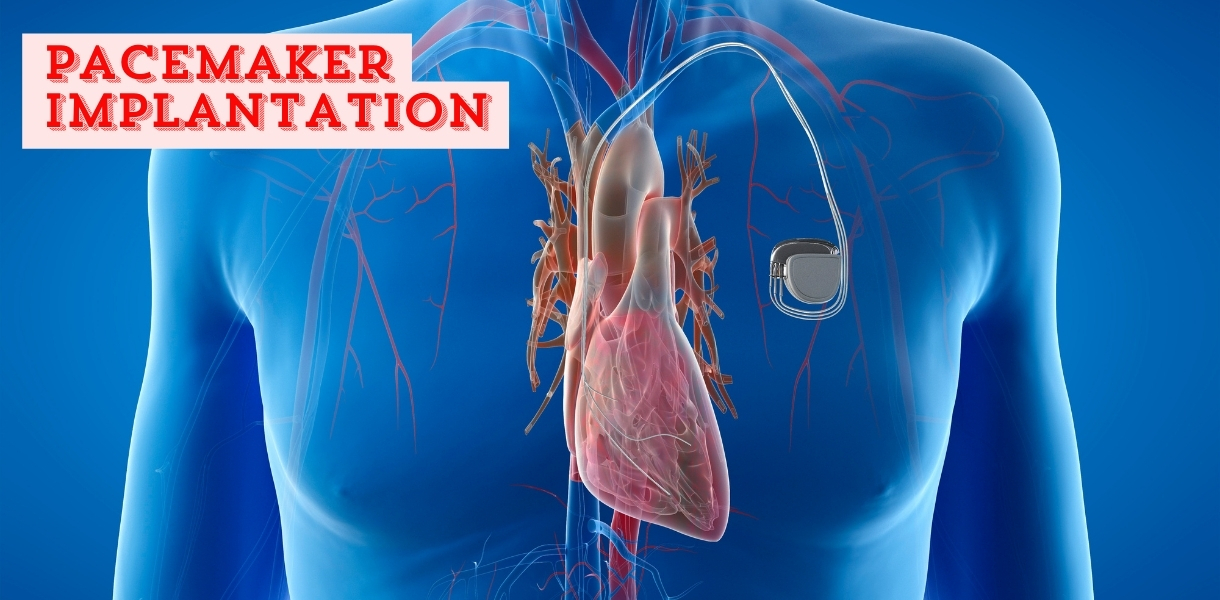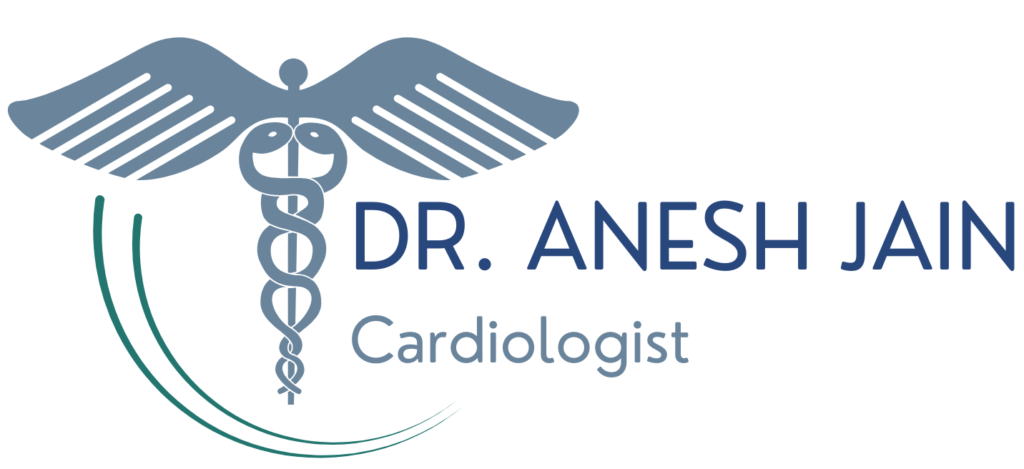- Ruby Hall Clinic, near Wanowrie, Pune, Maharashtra
- Mon - Fri: 9:00 am - 4:00 pm
Lorem ipsum dolor sit amet, consectet eiusmod tempor incididunt ut labore e rem ipsum dolor sit amet. sum dolor sit amet, consectet eiusmod.
Visiting Hours
| Mon - Fri: | 8:00 am - 8:00 pm |
| Saturday: | 9:00 am - 6:00 pm |
| Sunday: | 9:00 am - 6:00 pm |
Gallery Posts







Pacemaker Implantation in Pune - Dr. Anesh Jain
Pacemaker implantation is a medical procedure where a small electronic device is implanted in the chest to help regulate abnormal heart rhythms. This device detects irregularities in the heartbeat and sends electrical impulses to restore a normal rhythm.
Pacemakers are crucial in managing heart rhythm disorders, such as bradycardia and heart block. These devices significantly improve the quality of life by maintaining a stable heart rate, preventing symptoms like dizziness, fatigue, and fainting.
What is a Pacemaker?
A pacemaker is a compact, battery-operated device that stimulates the heart with electrical impulses to maintain a regular heartbeat. It consists of a pulse generator (the device itself) and leads (wires) that connect to the heart.
Types of Pacemakers
- Single-Chamber Pacemakers: These devices have one lead that connects to either the right atrium or right ventricle of the heart.
- Dual-Chamber Pacemakers: These include two leads, one in the right atrium and one in the right ventricle, allowing better coordination between the chambers.
- Biventricular Pacemakers: Also known as cardiac resynchronization therapy (CRT) devices, they have three leads placed in the right atrium, right ventricle, and left ventricle to improve the heart’s efficiency, especially in heart failure patients.
Indications for Pacemaker Implantation
Common Heart Conditions Requiring Pacemaker Intervention
Pacemakers are commonly used to treat:
- Bradycardia: A condition where the heart beats too slowly.
- Heart Block: A blockage in the heart’s electrical pathways that disrupts normal rhythm.
Symptoms Indicating the Need for a Pacemaker
Symptoms that may indicate the need for a pacemaker include:
- Dizziness or lightheadedness
- Fatigue and weakness
- Fainting spells
- Shortness of breath
- Palpitations
Pre-Procedure Preparation
The pre-procedure process begins with a thorough consultation with a cardiologist, who will evaluate your medical history and symptoms.
Several diagnostic tests may be performed, including ECG, Holter monitoring, echocardiogram, and stress tests, to assess the heart’s function.
Your doctor may adjust current medications and recommend lifestyle changes, such as dietary adjustments and exercise routines, to optimize your health before the procedure.
Pacemaker Implantation Procedure
The implantation procedure typically takes about 1-2 hours and involves making an incision near the collarbone to place the pacemaker and leads.
Patients are usually given local anesthesia to numb the incision site and mild sedation to ensure comfort throughout the procedure.
A small incision is made near the collarbone, and the leads are threaded through a vein into the heart. The pulse generator is then placed under the skin, and the incision is closed.
Post-Procedure Care
After the procedure, patients are monitored in the hospital for a day or two to ensure the pacemaker is functioning correctly and to manage any immediate complications.
Regular follow-up appointments are scheduled to check the pacemaker’s settings and battery life and to monitor heart function.
Patients are advised to avoid strenuous activities and heavy lifting for several weeks after the procedure. Long-term lifestyle modifications may include diet, exercise, and avoiding certain electronic devices that can interfere with the pacemaker.
Benefits of Pacemaker Implantation
Improvements in Quality of Life: Pacemaker implantation can significantly enhance the quality of life by alleviating symptoms of arrhythmias and enabling a more active lifestyle.
- Reduction of Symptoms: Patients often experience a marked reduction in symptoms such as fatigue, dizziness, and fainting, leading to improved daily functioning.
- Long-Term Prognosis and Management of Heart Conditions: Pacemakers provide a reliable solution for managing heart rhythm disorders, offering long-term benefits and reducing the risk of complications associated with untreated arrhythmias.
What is the cost of Pacemaker Implantation in Pune?
Lorem ipsum dolor sit amet, consectetur adipiscing elit. Ut elit tellus, luctus nec ullamcorper mattis, pulvinar dapibus leo.
Conclusion
Pacemaker implantation is a highly effective procedure for managing arrhythmias and other heart rhythm disorders. While the procedure carries some risks and requires recovery time, it significantly improves patients’ quality of life by regulating heart rhythms and preventing serious complications. Regular follow-ups and adherence to post-procedure guidelines are crucial for ensuring the pacemaker’s optimal performance and longevity.
If you or a loved one are experiencing heart rhythm issues, I encourage you to consult with me, Dr. Anesh Jain, a cardiologist based in Pune. With extensive experience and a compassionate approach, I provide comprehensive cardiac care, including expert pacemaker implantation services. Schedule your appointment today to take the first step towards a healthier heart.
Don’t let irregular heart rhythms disrupt your life
Book a consultation with Dr. Anesh Jain today
Opening Hours
Monday - Saturday
10.00 AM - 04.00 PM
Phone Number :
+91 9623114372
Email :
jainanesh93@gmail.com
Location :
OPD 4, 2nd Floor, Ruby Hall Clinic, Disney Park, Azad Nagar, Wanowrie, Pune, Maharashtra 411040
Frequently Asked Questions
Tooth valuable resources, dental care should take us regularly to stay healthy. Oral Health Overview. Good dental or oral care is important to maintaining healthy teeth, gums, and tongue. Oral problems, including bad breath, dry mouth, canker or cold sores, TMD, tooth decay, or thrush are all treatable with proper diagnosis and care.
Urgent care centers are a relatively new addition to the healthcare industry that have helped to benefit both community medical services and patients. As a fast, affordable alternative to emergency room care for patients with non-life-threatening conditions, urgent care medical clinics offer people a convenient treatment option.
Urgent care centers are a relatively new addition to the healthcare industry that have helped to benefit both community medical services and patients. As a fast, affordable alternative to emergency room care for patients with non-life-threatening conditions, urgent care medical clinics offer people a convenient treatment option.


